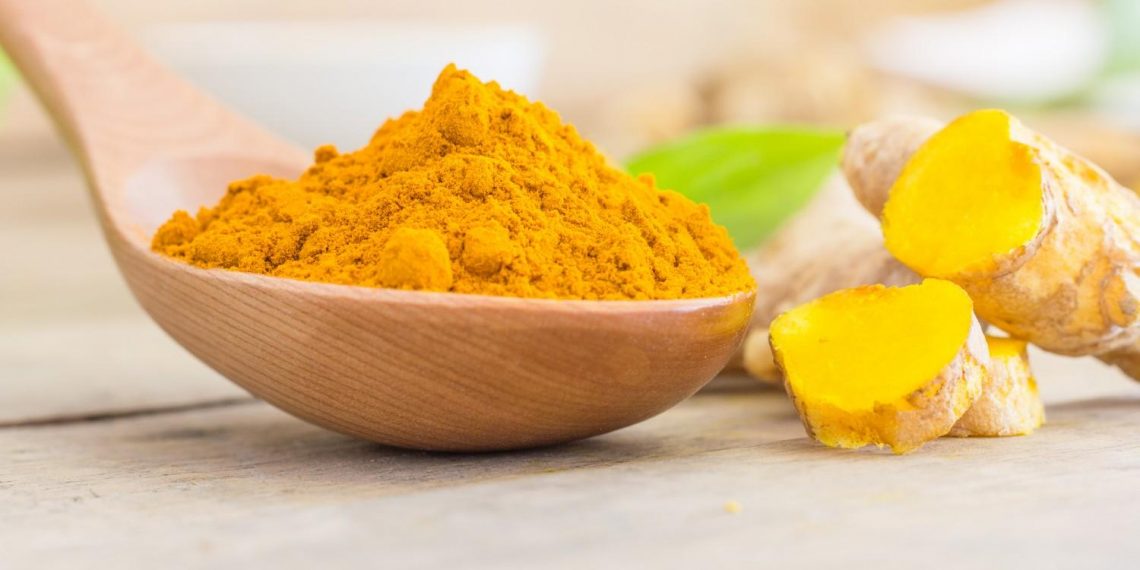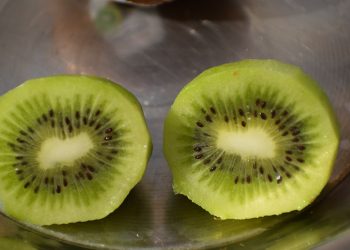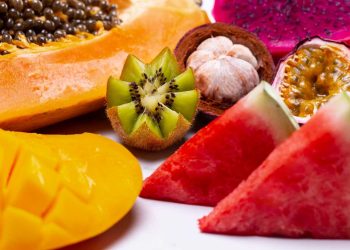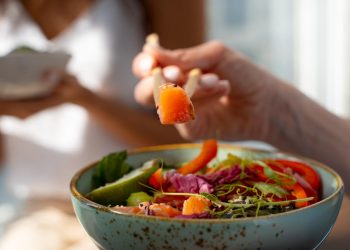Tendon anti-inflammatory herbs are powerful, plant-based allies you can use to calm pain, reduce swelling, and get your life back. These herbs target the inflammation that tightens, burns, and slows healing in tendons. If you’ve ever had tendon pain—whether from overuse, sports, or an old injury—you know it steals joy and motion. I’ll show you seven herbs that actually help, how to use them safely, and what the science and experts say.
Contents
Tendon Anti-Inflammatory Herbs That Work
You don’t need a closet full of supplements. You need smart choices. These seven tendon anti-inflammatory herbs have been studied, used for centuries, and shown in many clinical and lab studies to reduce inflammatory markers, ease pain, and support tendon recovery when used correctly.
Turmeric (Curcumin): The Golden Healer
Turmeric’s active compound, curcumin, fights inflammation by blocking key inflammatory pathways. That’s not fluff—clinical reviews at the National Institutes of Health describe curcumin’s ability to reduce cytokines and oxidative stress, both culprits in tendon pain. Take it with pepper for absorption or choose a formulated curcumin extract.
How to use: Start with 500–1,000 mg of a standardized curcumin extract daily. Look for products containing piperine or a bioavailable formula. If you’re on blood thinners, check with your clinician.
Ginger: A Gentle Anti-Inflammatory
Ginger contains gingerols and shogaols that quiet inflammatory pathways and ease pain. Studies in musculoskeletal inflammation models show ginger can reduce swelling and discomfort, and many people find it helpful when tendon pain flares.
How to use: Fresh ginger tea, 1–2 grams of powdered ginger, or 250–500 mg standardized extract twice daily. Ginger is safe for most people, though it can thin the blood at higher doses.
Bromelain: Pineapple’s Enzyme Power
Bromelain is a mix of proteolytic enzymes from pineapple. It reduces inflammation and helps clear inflammatory debris—useful for tendon recovery after acute injury. Research shows bromelain can reduce swelling and pain in soft tissue injuries.
How to use: 500 mg up to three times daily on an empty stomach for anti-inflammatory effect. Avoid combining high-dose bromelain with blood thinners.
Boswellia (Frankincense): Tough on Inflammation
Boswellia serrata extracts suppress enzymes that drive inflammation. Trials on joint pain and soft tissue inflammation point to reduced swelling and improved function. Boswellia can be a potent option for stubborn tendon irritation.
How to use: 300–400 mg of a standardized extract two to three times daily. It pairs well with curcumin for a multi-target approach.
Willow Bark: Nature’s Aspirin
Willow bark contains salicin, a precursor to salicylic acid. It’s long been used for pain relief and may reduce tendon-related discomfort. Clinical practice and evidence show willow bark can be as effective as low-dose NSAIDs for some people, without some of the gastric effects when used correctly.
How to use: Typical doses range from 120–240 mg salicin-equivalent daily. Avoid if you’re allergic to aspirin or taking anticoagulants.
Devil’s Claw: Anti-Inflammatory Root
Harpephyllum procumbens—devil’s claw—has iridoid glycosides that reduce inflammatory markers and pain in musculoskeletal conditions. Clinical trials suggest benefit for soft tissue pain and tendinopathy symptoms, especially when combined with other herbs.
How to use: 600–1,200 mg daily of a standardized extract. Side effects are uncommon but include stomach upset in sensitive people.
Cat’s Claw: Immune-Modulating Support
Cat’s claw modulates inflammatory pathways and supports tissue repair. Studies show it can lower inflammatory cytokines and promote healing in connective tissues, which helps when tendons are unhappy.
How to use: 250–350 mg standardized extract twice daily. Avoid if you have autoimmune disease without medical guidance.
How To Choose And Combine Tendon Anti-Inflammatory Herbs
Choosing herbs is about matching the herb’s strengths to your pain pattern and safety profile. For persistent tendon pain, a combination often works better than a single herb. Curcumin plus boswellia is a classic pair because they hit inflammation in different ways. Add bromelain in the early post-injury phase to help clear inflammatory debris.
- Start low and go slow: introduce one herb at a time for a week before adding another.
- Look for standardized extracts: they guarantee active ingredients.
- Prefer clinically studied doses: follow labels that cite trial dosages.
Embed high-quality sources in your decisions—trusted pages at the National Institutes of Health and university research summaries explain mechanisms and safe dosing.
Tendon Anti-Inflammatory Herbs: Topical Versus Oral Use
Some herbs work topically. Turmeric paste, ginger compresses, or topical boswellia gels can deliver relief to a focal tendon area. Oral herbs reach systemic inflammation and support healing, while topical applications can cool localized flares without systemic side effects.
Try topical for acute flare-ups, and oral for chronic tendon issues. If skin becomes irritated, stop topical use and choose a different approach.
Practical Tips For Using Tendon Anti-Inflammatory Herbs
- Pair herbs with movement: gentle loading and physical therapy rebuild tendon resistance.
- Stay hydrated and eat anti-inflammatory foods—fish, leafy greens, and colorful vegetables.
- Time supplements with meals if stomach upset occurs.
- Keep a pain and activity diary to measure what helps.
Safety, Interactions, And When To See A Doctor
Herbs aren’t harmless. They interact with medications and conditions. Turmeric and ginger can thin blood. Willow bark acts like aspirin. If you’re on anticoagulants, immunosuppressants, or have peptic ulcer disease, talk to your clinician before starting an herbal regimen.
Seek medical attention if tendon pain is accompanied by fever, rapid swelling, or loss of function. Those can signal infection or a tendon rupture.
Expert Insights And Research You Can Trust
Scientists and clinicians don’t dismiss herbal medicine—they study it. Reviews on PubMed and summaries from reputable hospitals show curcumin decreases inflammatory markers, while boswellia and bromelain have measurable effects in soft tissue inflammation.
I recommend reading clinical summaries at institutions like the National Center for Complementary and Integrative Health and university orthopedic departments to guide dosing and combinations.
The Bottom Line
You can use tendon anti-inflammatory herbs to reduce pain, calm swelling, and support tendon healing. Start with evidence-backed options like turmeric (curcumin), boswellia, bromelain, ginger, willow bark, devil’s claw, and cat’s claw. Use standardized extracts, watch interactions, and combine herbs with movement and sensible rehab. When used thoughtfully, these herbs are powerful, natural tools that let you reclaim motion and life.
Be brave. Try one change at a time. Track how you feel. If pain persists or worsens, get an exam. You deserve movement that feels like freedom.
References
References
-
The National Center for Complementary and Integrative Health provides an overview of turmeric and curcumin research and safety information (http://www.nccih.nih.gov).
-
A PubMed review of boswellia serrata and its anti-inflammatory effects summarizes mechanisms and clinical evidence (https://www.ncbi.nlm.nih.gov).
-
A National Institutes of Health summary details bromelain’s use for inflammation and musculoskeletal injury (https://www.nih.gov).
-
The Mayo Clinic offers practical guidance on ginger, including dosing, safety, and interactions (https://www.mayoclinic.org).
-
The Arthritis Foundation discusses natural approaches for tendon and joint pain and the role of supplements in symptom management (https://www.arthritis.org).
FAQ
Can tendon anti-inflammatory herbs replace my medication?
Herbs can reduce inflammation and pain but shouldn’t replace prescribed medication without medical approval. Talk to your healthcare provider before stopping any medication.
How long before I see improvement with tendon anti-inflammatory herbs?
Some people feel changes in days; for chronic tendon conditions, expect 4–12 weeks to see meaningful improvement. Combine herbs with rehab for best results.
Are there side effects to tendon anti-inflammatory herbs?
Yes. Common issues include stomach upset and increased bleeding risk. Always check interactions, especially with blood thinners or immune-suppressing drugs.
Can I use multiple tendon anti-inflammatory herbs together?
Yes, when done carefully. Combinations like curcumin plus boswellia often work well. Introduce one herb at a time and consult your clinician for complex regimens.
Where should I start if I’m new to herbs?
Start with a single, well-studied herb like curcumin or ginger at a low dose, track your response, and add another if needed. Look for standardized extracts and reputable brands.
Get Your FREE Natural Health Guide!
Subscribe now and receive our exclusive ebook packed with natural health tips, practical wellness advice, and easy lifestyle changes — delivered straight to your inbox.














